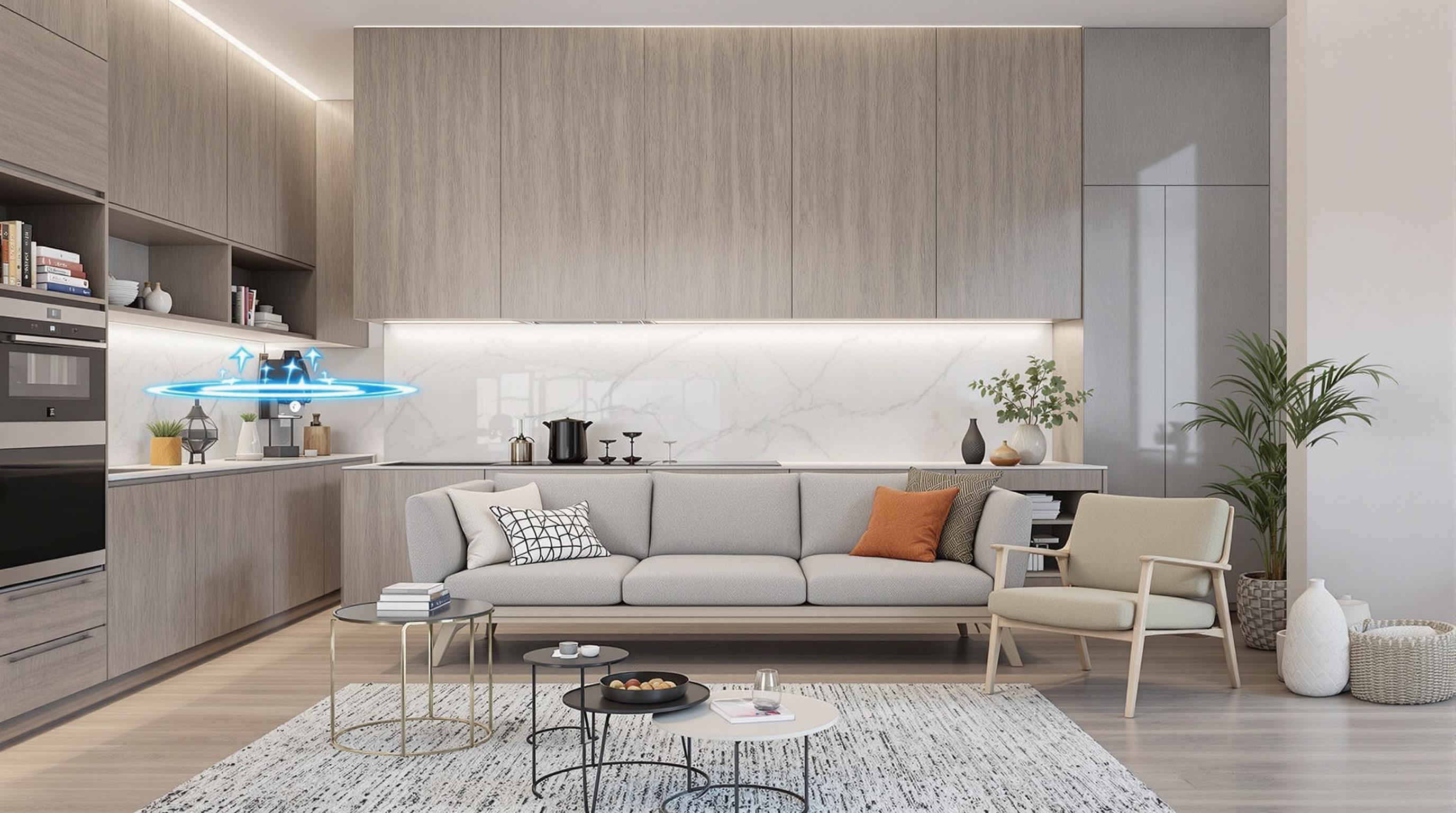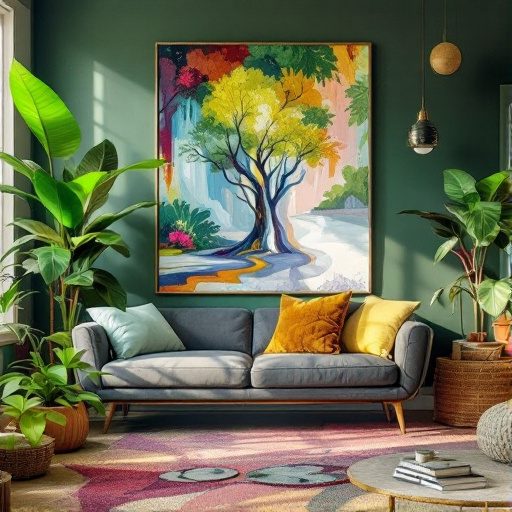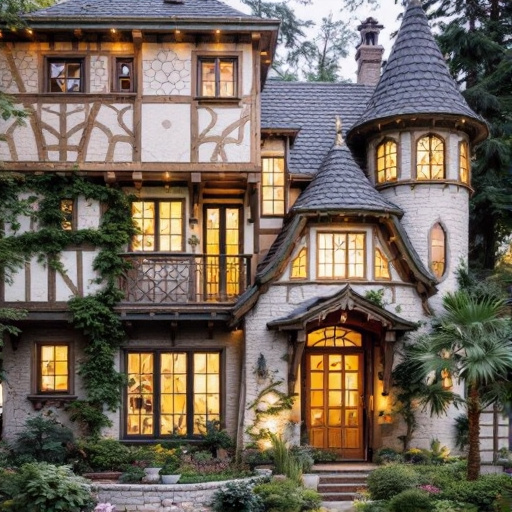Featured Articles
- "Decoding the Mystery: How Folklore Influences Modern Home Designs in Unexpected Ways"
- Reimagining Ruins: How Abandoned Spaces Are Inspiring Modern Home Designs and Eco-Conscious Living
- Reimagining Spaces: How Biophilic Design Can Transform Mental Health in Your Home
- Reviving the Past: How Retro Futurism is Reshaping Modern Home Design with a Twist of Nostalgia
- Revolutionizing Spaces: How Biophilic Design is Transforming Urban Home Environments into Nature-Infused Sanctuaries
"Decoding the Mystery: How Folklore Influences Modern Home Designs in Unexpected Ways"
"Decoding the Mystery: How Folklore Influences Modern Home Designs in Unexpected Ways"
Folklore may seem like a relic of the past, but its influence on modern home design is both profound and subtle. From architectural styles to color palettes and decor, the echoes of ancient tales permeate our living spaces, shaping them in ways we often overlook.
The Roots of Folklore in Architecture
When we think of architecture, we often regard it as a product of contemporary trends and technological advancements. But dive a little deeper, and you'll find that many modern designs echo folkloric traditions. As the famous writer and architect Louis Kahn once said, "A building is a dialogue between the spirit of the place, the culture of the people, and the stories they tell."
Adapting Folklore into Design
Consider the story of the "soul house," a concept prevalent in many cultures. From African mud huts to Native American longhouses, dwellings were designed not just for physical shelter but as a narrative woven with spiritual significance. According to anthropology expert Dr. Alice Walker, these homes are viewed as living stories, where every corner holds a memory or moral lesson.
Cultural Symbols and Motifs
A prime example of folklore impacting modern design can be seen in the use of cultural symbols and motifs. Many contemporary interiors now incorporate elements like Celtic knots or Japanese ukiyo-e prints, which tell stories of heritage, harmony, or even the supernatural. As a 2020 survey by the American Institute of Architects revealed, 35% of homeowners sought to integrate cultural aesthetics into their living environments, showcasing the demand for deeper storytelling through design.
Color Psychology: The Impact of Tales
Color has its own folklore. For centuries, certain colors have been associated with different meanings, often derived from folklore and local customs. For instance, the calming blues of many Mediterranean homes are rooted in tales of the sea and sky. Studies show that blue can evoke feelings of tranquility, making it a popular choice for bedrooms where relaxation is paramount.
Modern Interpretations of Ancient Designs
Let’s take a moment to consider Scandinavian design, often lauded for its simplicity and functionality. This aesthetic's roots can be traced back to Viking homes, where minimalism was born out of necessity rather than style. The blend of form and function embodies the stories of surviving harsh winters, yet today, these designs symbolize comfort and warmth—essentially a modern interpretation of ancient survival narratives.
Case Study: The Hobbit House Trend
In recent years, we’ve seen a rise in hobbit-inspired homes, thanks largely to the influence of J.R.R. Tolkien's works. These homes are characterized by earth-integrated designs, rounded doors, and lush gardens, inspired by the whimsical folklore of hobbits living in harmony with nature. Statistics from home design experts show a 40% increase in inquiries for this unique style since 2015, displaying a collective yearning for connection to stories and simpler ways of living.
Folklore and Sustainable Living
Interestingly, the principles of folklore encourage sustainable living, which is increasingly relevant in today's eco-conscious society. Many indigenous cultures have folklore centered around respecting nature and understanding the cyclical aspects of life. As modern architecture shifts towards sustainability, this ancient wisdom becomes crucial. According to a 2022 study published in the Journal of Ecological Architecture, incorporating traditional techniques can reduce energy consumption by up to 60% compared to conventional methods.
The Role of Storytelling in Decor
Decor goes far beyond aesthetics—it tells a story. When you place a handcrafted item inspired by Native American or African art, you invite a narrative into your space. This practice taps into a psychological phenomenon known as "narrative transportation," where the viewers are mentally transported into the story behind the decor, fostering a deeper emotional connection to their space.
Statistics on Folklore's Influence Over Time
Surprisingly, studies indicate that around 45% of homeowners feel more emotionally connected to their space when folklore elements are included. Furthermore, a survey conducted by the Design Research Institute found that 58% of millennials actively seek decor that reflects their heritage or tells a personal story.
My Cozy Folklore-Inspired Space
As a 28-year-old writer with a penchant for cozy settings, I decided to infuse my apartment with elements of folklore. I’ve adorned my living room with a vintage textile showcasing a mythical creature from my ancestors’ tales—a ginger fox known for cunning and adaptability. Every time I curl up with a book, that creature's story enchants me, transforming mundane moments into something extraordinary. My friends often remark on how my space feels like a blend of the past and present—a tapestry of stories interwoven with modern life.
The Challenges of Preservation
Of course, embracing folklore in home design isn’t without its challenges. The risk of cultural appropriation looms large, especially when one’s desire to celebrate might inadvertently run afoul of the original culture’s significance. To navigate this sensitive terrain responsibly, it’s crucial to research and partner with artisans from the specific folklore tradition—thus ensuring both ethical representation and support for local economies.
Future Trends: Folklore Meets Technology
As we gaze into the future, the fusion of folklore with technology is poised to reshape home design. Virtual reality (VR) and augmented reality (AR) enable homeowners to visualize stories and create personalized spaces that echo their unique cultural heritage. Imagine using AR to project a story mural on your living room wall, or creating mood lighting inspired by ancient folklore tales. This exciting combination could redefine how we approach home decorating in the digital age.
A Tale of Folklore and Modernity
In conclusion, while technology propels us into the future, folklore remains a guiding compass, weaving narratives into the fabric of our homes. Whether it’s the calm of blues reminiscent of tranquil myths or decor that speaks to ancestral tales, the thread of folklore runs through modern home design—reminding us that every wall has a story to tell, every piece of furniture holds a memory, and every color whispers a verse from the past. Embracing these influences leads us not just to beautiful spaces, but to homes that nurture our souls with the richness of shared human experience.




